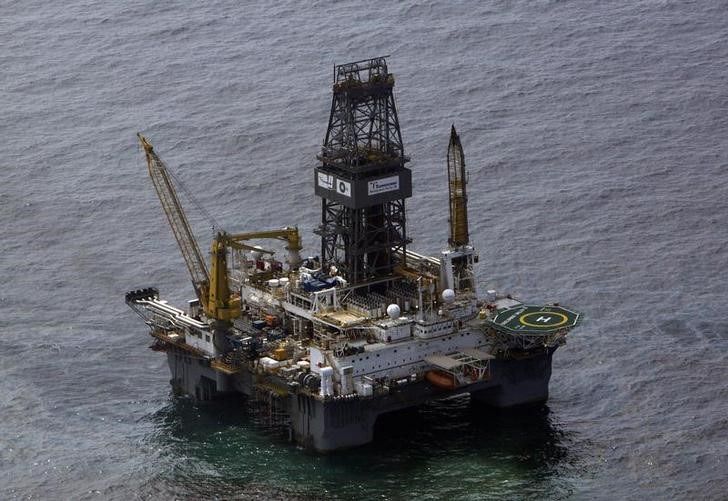
Last year was a good year for the oil industry. Despite predictions of its looming demise as renewable energy leads to electrification that in turn leads to the death of oil, fossil fuels were the stars of the year, with demand for all, including coal, notably rising. Meanwhile, opposition to Big Oil grew louder and protests turned more extreme, with activists gluing themselves to streets and buildings, and vandalizing world-famous works of art in order to raise awareness of climate change.
Oblivious to this rise in the amount of activism, Big Oil went on to rake in record profits thanks to higher prices for the commodities it produces. According to Reuters, Big Oil majors will report combined earnings of close to $200 billion for 2022, with many of the supermajors booking record quarterly profits during the year thanks to the combination of strong demand for energy and limited supply.
The industry also had a chance to reduce debt thanks to the strong performance of its products last year. Per Reuters, the combined debt of Big Oil has fallen to $100 billion, which is the lowest in 15 years and down by more than 50 percent from 2020, when it reached more than $270 billion as companies borrowed to survive.
But it’s not all smooth sailing from here on out. First, there is the windfall profit tax that the EU and the UK decided to impose on energy companies in order to generate some money for its energy aid programs.
Shell said it expected the effect of the UK and EU windfall taxes will cost it $2.4 billion. It also said it may have to reconsider investment plans for the North Sea in light of that hit. Meanwhile, despite political opposition to developing more oil and gas reserves in the UK, more than 100 bids were submitted this month for new exploration in the basin.
Related: Canada Sees “Unprecedented” Number Of People Claiming EV Rebates
French TotalEnergies also said it would take a substantial hit from windfall taxes in the UK and the EU. According to the supermajor, it would come in at about $2.1 billion. As a result, the company said it will reduce its investments in the North Sea by a quarter, noting that the levy did not provide for any adjustments in case oil and gas prices fell.
Meanwhile, oil and gas prices did fall. Right now, oil is trading at around the same level it was trading a year ago and natural gas prices have fallen substantially in both Europe and the United States—its biggest supplier.
“The energy industry operates in a cyclical market and is subject to volatile commodity prices,” Jean-Luc Guiziou, TotalEnergies’ British head of exploration and production, told the FT this month. “We believe that the government should remain open to reviewing the energy profits levy if prices reduce before 2028.”
Exxon took it a step beyond criticism, filing a lawsuit against the European Union to get it to drop the windfall tax. The company argued that the tax is counterproductive, would discourage investments and undermine investor confidence.
Yet Big Oil has some big investment plans, just not for Europe. Exxon and Chevron, per Reuters, plan to spend 10 percent more this year than they did last year, to the tune of a combined $41 billion.
BP will be spending more on its U.S. shale and Gulf of Mexico operations even though European supermajors as a whole are expected to be more cautious with their money because of the windfall taxes. But they will continue spending heavily on low-carbon projects.
“The European majors appear much more attractively valued than the U.S. majors on our estimates,” HSBC said in a recent note quoted by Reuters. It is among banks that predict stronger share performance for European Big Oil majors after last year U.S. supermajors ruled the stock market.
If investment in low-carbon projects is the guarantee for stronger share performance, then HSBC is right. Indeed, pressure is growing on the oil industry to set itself more stringent emission-reduction targets and make stronger commitments to decarbonize. This pressure is unlikely to let up this year as governments in the EU, the UK, and the U.S. double down on their climate change plans, too.
Chances are that 2023 will be another strong year for the oil industry simply because those companies came in strong into the new year and demand for oil and gas is not expected to fall—on the contrary.
The EU will need to buy more gas to refill its storage and it will continue using oil products that it no longer buys from Russia. China is reopening and most observers expect a rebound in oil and gas demand to come sooner rather than later. Even the U.S., for all its green ambitions, is unlikely to stop being the biggest consumer of oil in months. The immediate future of Big Oil is certainly bright.
Source: https://oilprice.com/
